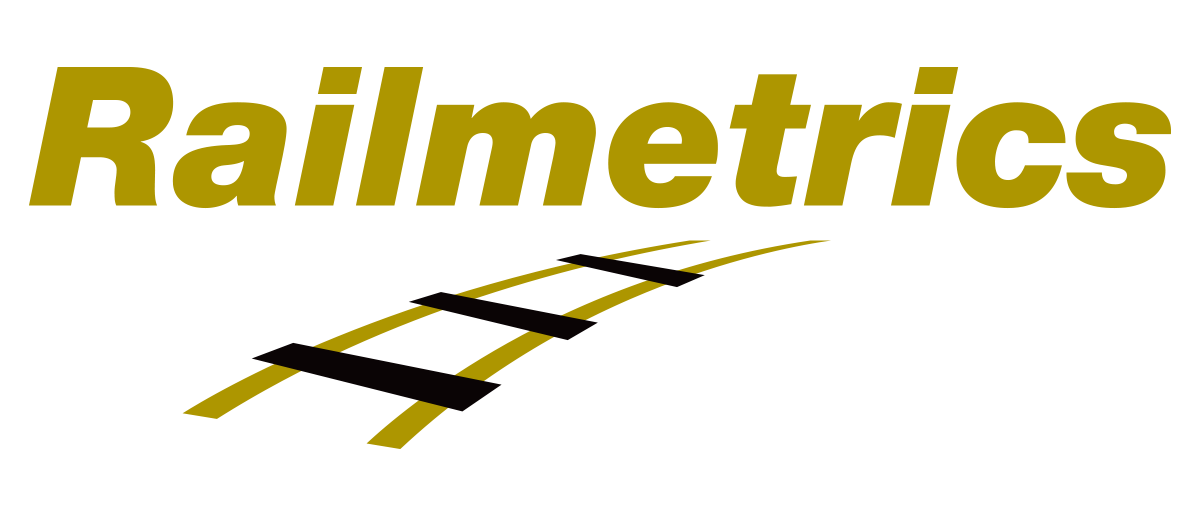Published Thu 14th Nov 2024
Following observation of potentially dangerous road surface defects affecting part of the N-320 highway in Talamanca de Jarama, Madrid, concern had arisen regarding subsidence. The cause was identified as loss of material due to washout from a damaged culvert.
To address this, Geo3Tec, in collaboration with InGeoLAC implemented a grout stabilization strategy, injecting an expansive resin to consolidate the soil. Grouting is a common approach to fill voids and stabilize soil in infrastructure projects, improving support and reducing the risk of deformation or settlement that could damage assets such as roads, tunnels, or bridges. Injection grouting is particularly effective in scenarios where excavation is impractical, as it allows engineers to strengthen the ground without damaging the road surface or disrupting road users.
However, grout injection is a precise science. Inject too little, and you risk leaving areas under-supported. Inject too much, and excessive pressure may cause heave or cracking. Access to real-time movement data is crucial to maintain the delicate balance needed to achieve stability without causing new problems.
For the N-320 project, Senceive’s Spanish distributor INSTOP advised the stabilization team to use Senceive’s High-G Triaxial Tilt sensors and Optical Displacement Sensors to provide precise data showing movement of the road surface throughout the process.
Installed across critical monitoring points, these sensors tracked ground movement as injections were performed, transmitting data from sensors to a 4G Gateway via Senceive’s FlatMesh™ wireless communication platform and then on to CivilNova’s CivilWorks data viewing platform.
This allowed engineers to review the data remotely in real time, visualise deformation patterns, and manage alerts directly on a tablet. This process enabled engineers to adjust injection volumes based on live feedback, keeping soil movement within safe thresholds.
Data visualisation in CivilNova CivilWorks software
Outcomes and Benefits
The use of Senceive’s technology for grout stabilization monitoring offered several key advantages:
Improved Safety: access to virtually real-time data helped keep deformation within safe limits, protecting road users and maintaining infrastructure integrity.
Optimal Resource Usage: the data enabled the team to optimise the volume and location of grout injection, thus minimising material wastage.
Project Efficiency: With near real-time, on-site monitoring this solution minimised project delays and reduced overall costs.
Ultimately, this project highlights the value of combining precision engineering techniques with advanced monitoring technology. Grouting for infrastructure projects can be highly effective, but the real-time insights provided by Senceive’s monitoring solutions can make all the difference in ensuring safe and efficient outcomes.










